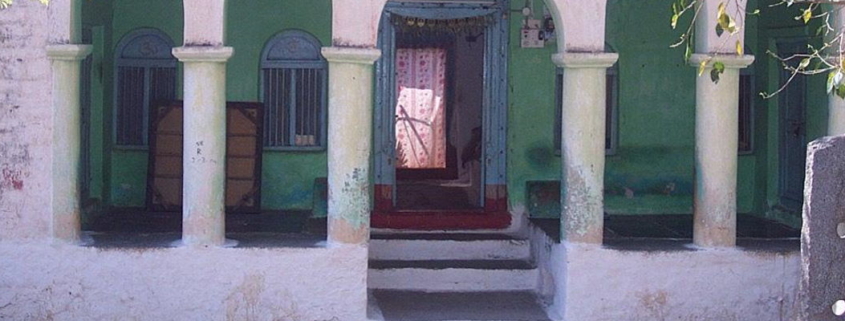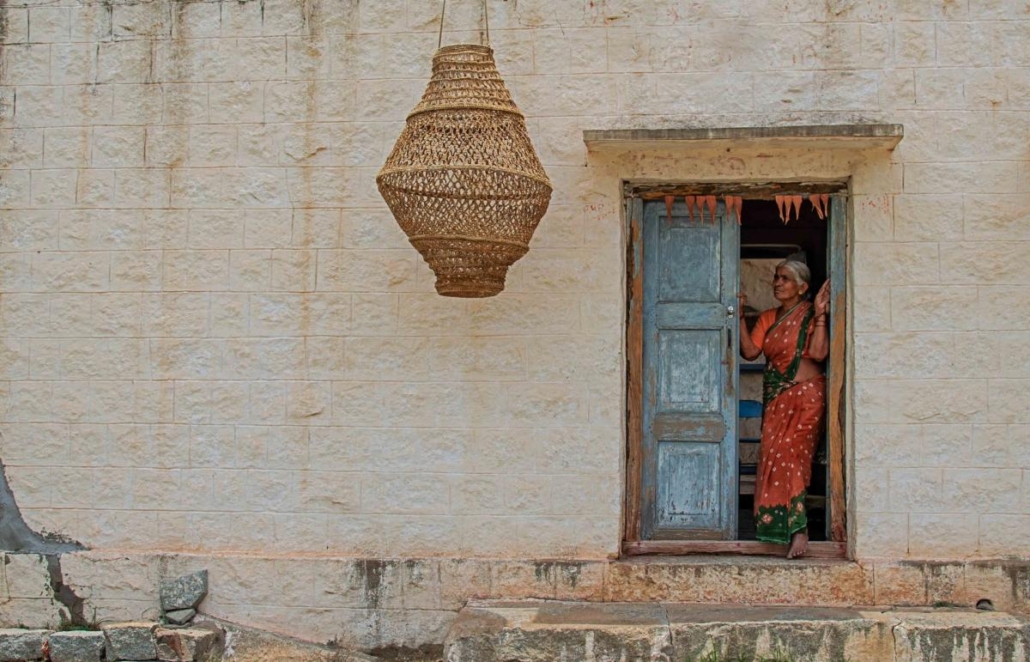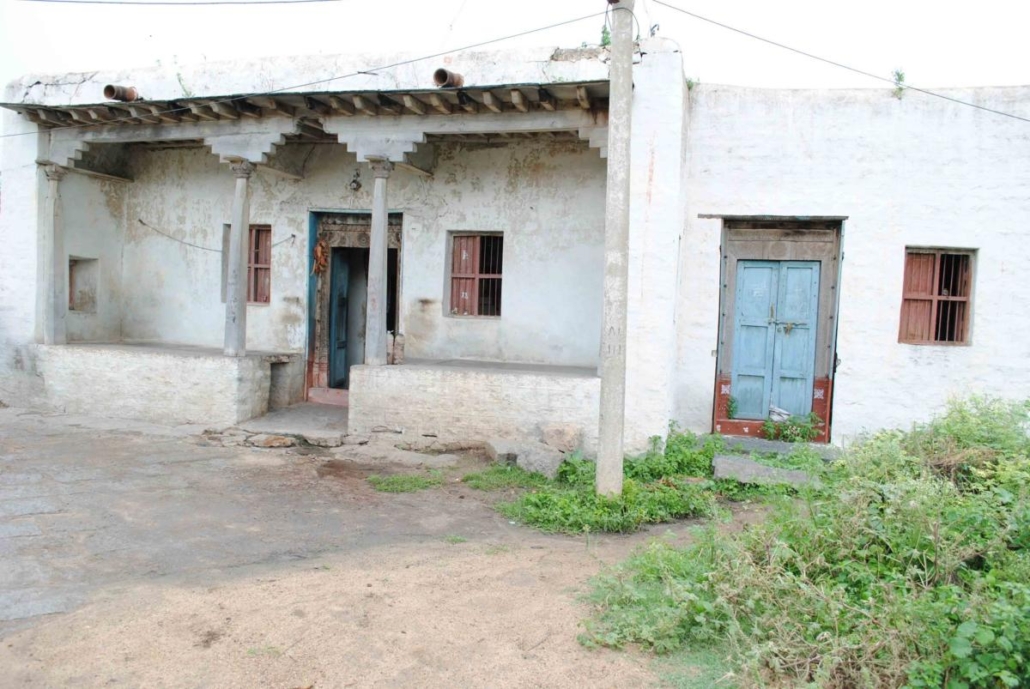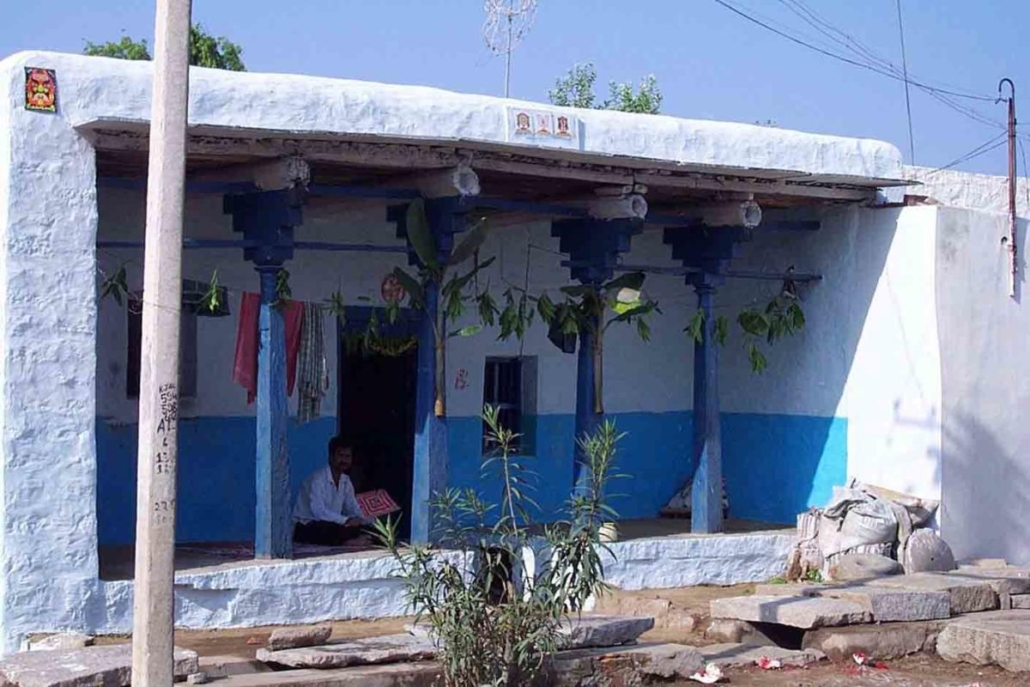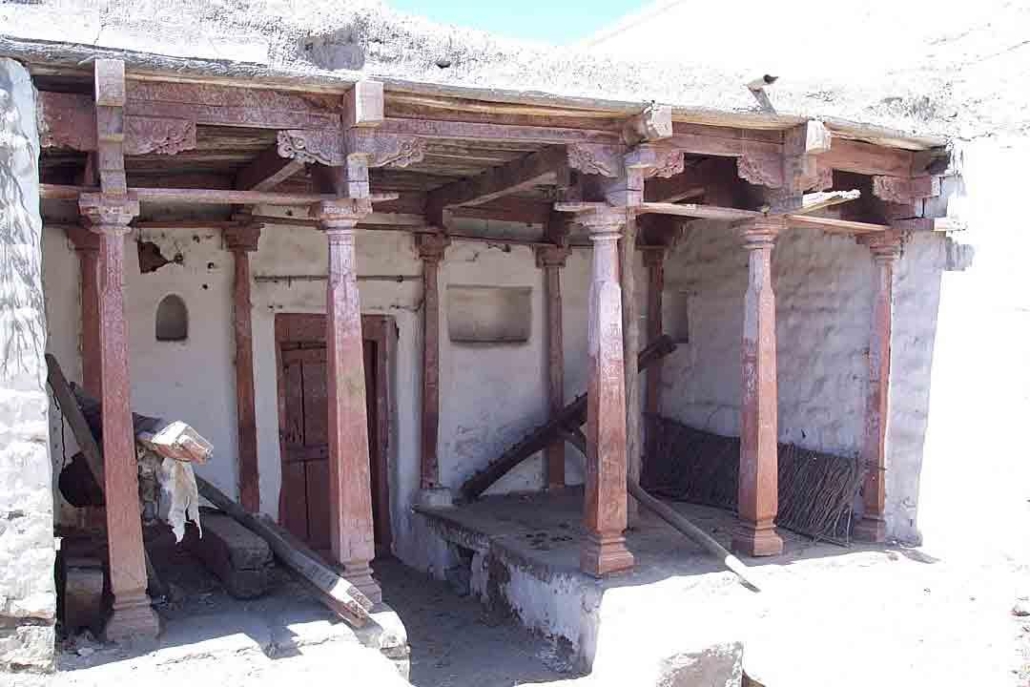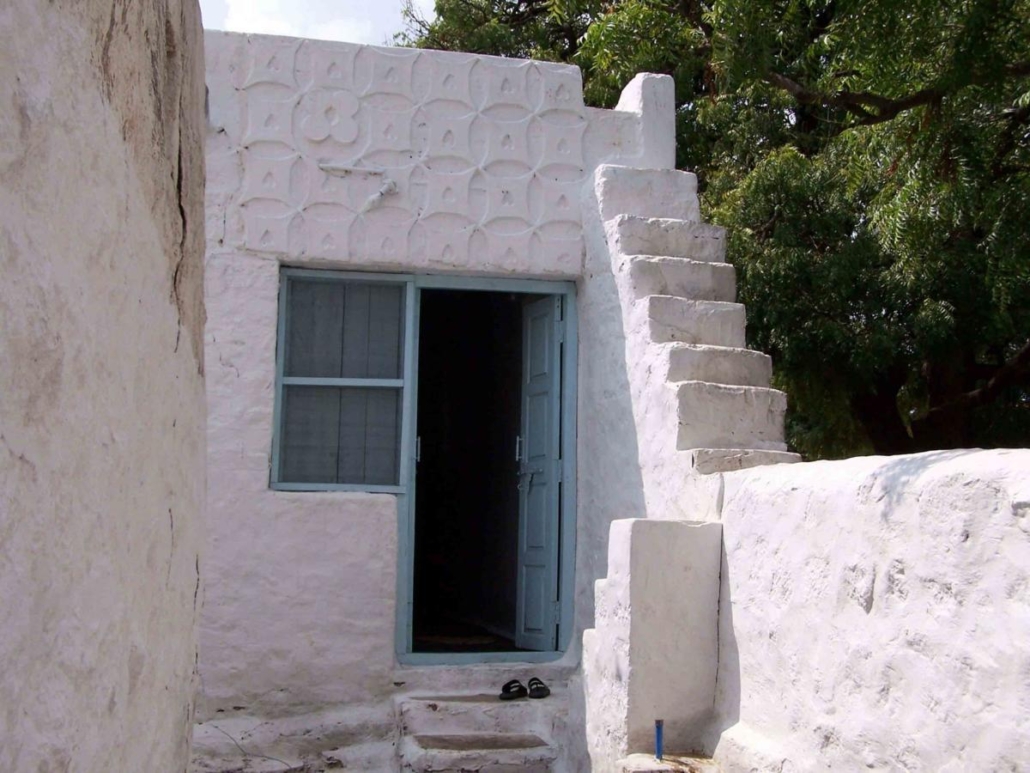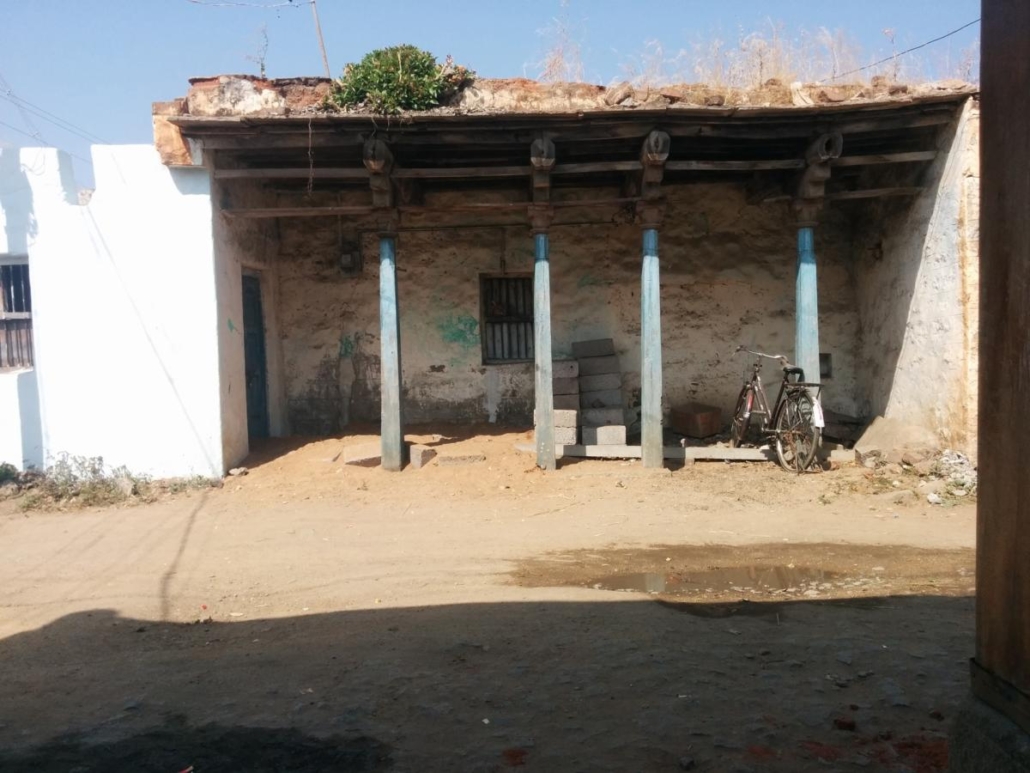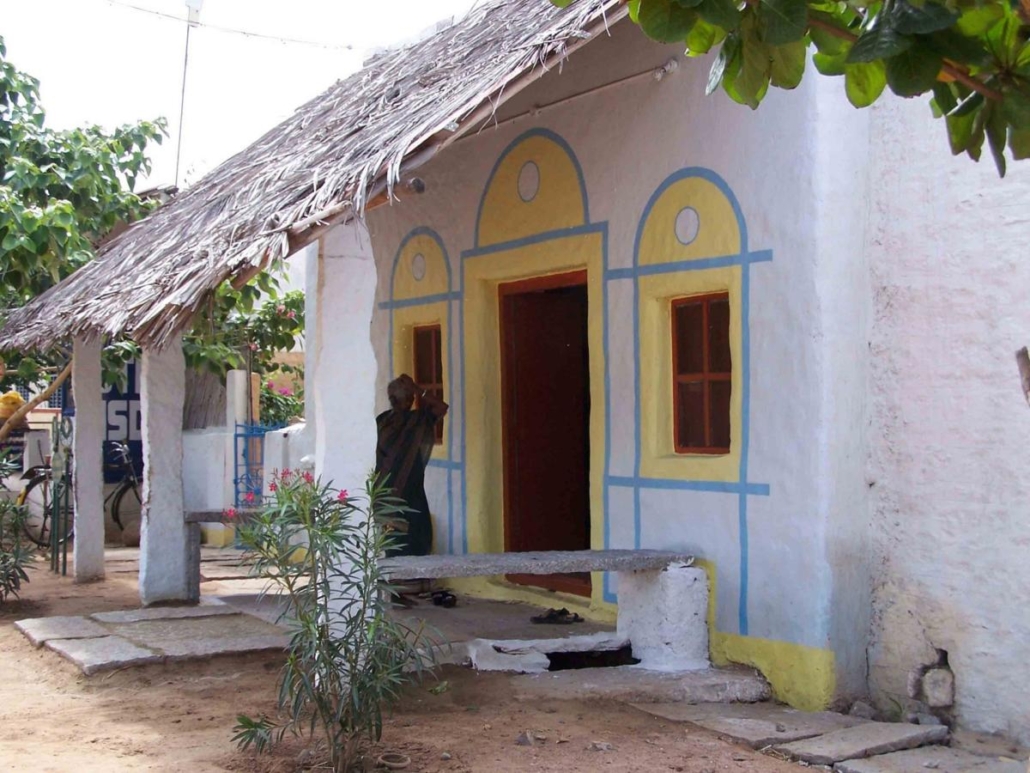Vernacular Architecture of Anegundi
The vernacular architecture of this region is normally a single-storeyed structure arranged in a linear manner along both the sides of a labyrinth street. Commonly the layout of the lines of houses historic settlements does not have a set back from the street or from the next house, making the houses share the side walls.
The stone walls are of decent width of almost two feet. Beautifully carved wooden doors with auspicious motifs adorn the front of the houses. The skylights vary according to the status of the house, siler homes have inverted terracotta pots are used as skylights and in other cases a brick a small brick compound of about 2 ft x 4 ft openings provides the ventilation and sky light. The terraces are flat in nature and have a charming feature called Kumbhi (Border), a low terrace wall with curved plastered tops act as a small parapet wall.
The flat terraces have material used for walls are local stone, timber, mud and lime mortar. The houses, usually symmetrically planned, have a small, pillared-verandah with central main entrance which opens into a large central passage with rooms on either sides or are linearly planned. Many of these have a space for cattle. Anyhow, exceptions to this typology can be observed as well. The residences of royals and nobles also have a second floor.

